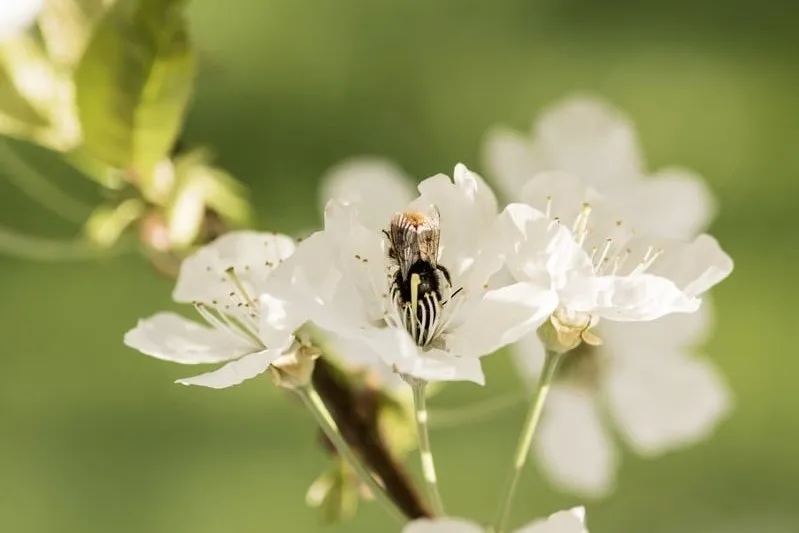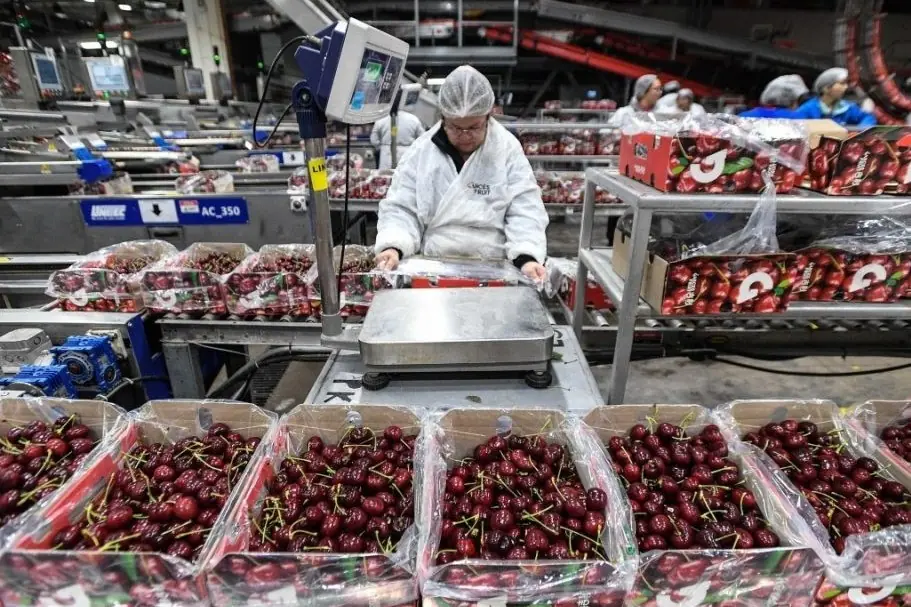Sweet cherries are among the most cherished fruits in China, prized for their taste and numerous health benefits. However, with the rapid expansion of cherry cultivation across the country, maintaining the integrity of geographical origin labeling has become a significant concern.
To address this challenge, a recent study conducted by various research institutes in China developed a method to "authenticate" the geographical origin of cherries using stable isotope ratios and multi-element analysis.
China’s cherry production is predominantly located in the provinces of Shandong, Liaoning, and Shaanxi, with new cultivation areas emerging in Sichuan and Yunnan. Additionally, cherries from historically renowned regions like Yantai in Shandong and Dalian in Liaoning are highly sought after, enjoying Protected Geographical Indication (PGI) certification, a mark of high-quality products.
Unfortunately, this has led to widespread fraudulent practices, where cherries from “less esteemed” regions are falsely labeled as coming from these “premium” areas.
The study aimed to create a reliable system for tracing the geographical origin of cherries. Researchers collected 153 cherry samples from five provinces, along with corresponding soil and irrigation water samples. The focus was analyzing five stable isotope ratios: carbon (δ13C), nitrogen (δ15N), hydrogen (δ2H), oxygen (δ18O), and strontium (87Sr/86Sr); and the content of eight elements: sodium (Na), magnesium (Mg), phosphorus (P), potassium (K), calcium (Ca), iron (Fe), zinc (Zn), and selenium (Se).
Each stable isotope ratio and elemental content serves as a unique geographical marker.
The study integrated these isotope and elements data with advanced statistical models, including Hierarchical Cluster Analysis (HCA) and Partial Least Squares Discriminant Analysis (PLS-DA). These models classified and traced cherries’ origins with over 90% accuracy.
The analysis revealed distinct regional isotopic and elements profiles. For example, hydrogen and oxygen isotope ratios in the cherries closely matched those of local water sources, while nitrogen and strontium isotopes were consistent with soil characteristics.
These findings underscore the potential of stable isotopes and elements as robust markers for geographical traceability. The multivariate models used in the study successfully distinguished cherries based on their geographical origin, providing a powerful tool against fraudulent labeling.
The implications of this research are significant. The method developed by Wang and colleagues offers a scientific solution to ensure the authenticity of the origin of cherries in China. This protects consumers and preserves the integrity of the market, while also supporting high-quality cherry production. As cherry cultivation expands, these analytical techniques could be adapted to verify the origin of other agricultural products, enhancing food safety and authenticity.
Source: WANG, Shuanghui, et al. Geographical origin traceability of sweet cherry (Prunus avium (L.) Moench) in China using stable isotope and multi-element analysis with multivariate modeling. Food Chemistry: X, 2024, 101477. https://doi.org/10.1016/j.fochx.2024.101477
Image: Food Industry Network
Andrea Giovannini
University of Bologna (IT)
Cherry Times - All rights reserved










